New item types introduced to the National Registry examinations
These new item types are referred to in the world of testing as Technology Enhanced Items (TEIs). TEI refers to the format of a test item that utilizes computer technology to deliver items to more closely simulate situations encountered in clinical practice. As we move forward with our ALS redesign, we will begin to include new item types such as drag and drop, build list, and option/check box.
Technology continues to evolve and so does the National Registry examination. These new types of items gain a better understanding of each candidate’s depth of comprehension and knowledge of a particular topic.
Although the term may sound intimidating, they are not at all.
Take a look at the examples below, a couple may look familiar to you.
 Source: www.chipotle.com
Source: www.chipotle.com
 Source: https://games.forkids.
Source: https://games.forkids.
education/drag-and-drop/
 Source: www.amazon.com
Source: www.amazon.com
This image is from Chipotle's online ordering app. You can select different toppings for your bowl or burrito and slide to indicate if you want light, regular or extra. This is a form of “TEI.”
This image is from a children’s learning and development website, ABC Mouse. This computer program teaches children reading and comprehension, even they are exposed to TEIs at the ages of 3 and up. This TEI in the picture is referred to as a “drag and drop.”
This example of a TEI that uses the digital number entry along with the potential function of highlighting and manipulating the text (via Amazon.com).
3 New item types: A deeper dive
We will be piloting and evaluating three item types later this year to enhance our examination and further emulate more authentic and contextual experiences for an EMS provider. Check out the scenario below and the corresponding questions to explore and better understand our new item types.
Note: The scenario and 3 items are a sample illustration only. The content has not been vetted with a SME item review panel. Based on the best evidence and accepted practices, SME panels are used to review, evaluate, and refine scenario and item content for accuracy and consensus.
The Scenario
A 20-year-old patient (84 kilograms) reports new onset coughing and chest tightness. Past medical history includes asthma and a tibia fracture five years ago. The patient’s medications include an albuterol rescue inhaler, an inhaled corticosteroid, and a long-acting beta2 agonist. The patient is alert and oriented, and their vital signs are BP 135/85, P 105, R 28, and SpO2 90% on room air. The EtCO2 is 33 mmHg with a “shark fin” waveform. The blood glucose level is 70 mg/dL. Auscultation of the chest reveals minimal wheezing. Slight accessory muscle use is observed. ECG reveals sinus tachycardia.Build List
Candidates are given a split screen with a list of options in the L column and an answer space in the R column. The candidate then orders content according to instructions.
Drag-and-Drop
When using this type of item, the candidate is required to select and reposition answers within a list or a graphic. Here, content is moved from the L to the R columns.
Option/Check Box
An item that incorporates user interface elements. In this case, the interaction is an option/check box table. The candidate's response is indicated with an option/check box feature, like a point-n-click survey.
The TEI’s increase testing fidelity by making the experience more genuine, practice-related, and engaging for test takers.
These items are created and scrutinized through the same process and by the same standards that the National Registry has used for years past. They are still developed by EMS field experts, evaluated by psychometricians, and will meet all standards and requirements for accreditation.

